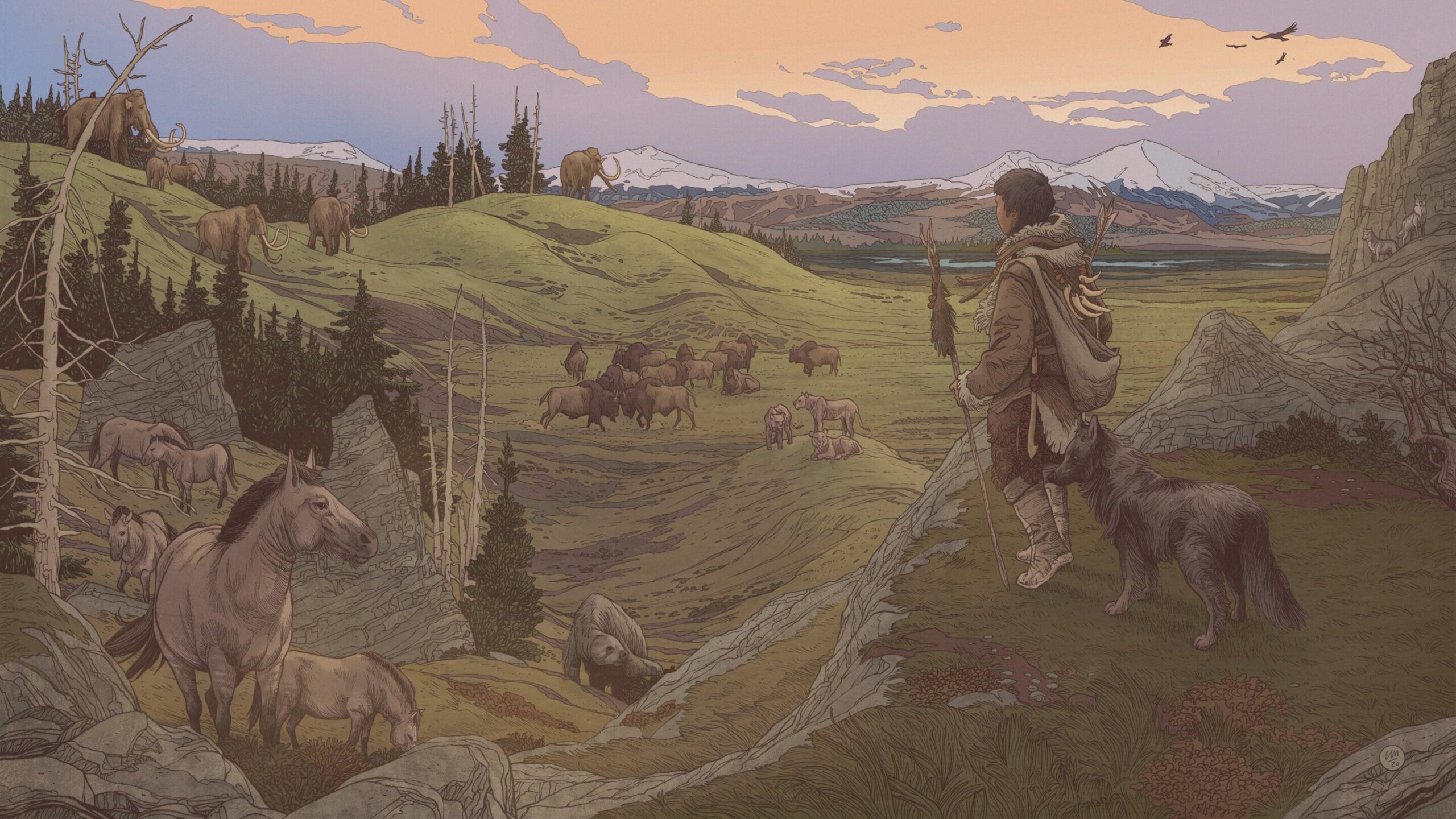An international team, led by Durham University’s Dr. Angela Perri, delves into the archaeological and genetic records, painting a clearer picture of how dogs became integrated into human societies and potentially even aided in the peopling of the Americas.
The study, published in the Proceedings of the National Academy of Sciences (PNAS), reveals that the first humans to set foot in the Americas, likely of Northeast Asian origin, may have arrived alongside their canine companions over 15,000 years ago. This exciting discovery pushes back the estimated timeline for dog domestication, suggesting it most likely occurred in Siberia before 23,000 years ago. Subsequently, these human-dog partnerships embarked on separate journeys – westward towards Eurasia and eastward into the Americas.
“When and where” dog domestication took place have long been central questions, but Dr. Perri emphasizes the importance of understanding “how and why” as well. “Dog domestication in Siberia,” she explains, “answers many riddles about the human-dog bond. By piecing together archaeological, genetic, and chronological evidence, we see a clearer picture: dogs were domesticated in Siberia and then dispersed with humans throughout the Americas and the world.”
Geneticist Laurent Frantz, a co-author from Ludwig Maximilian University of Munich, acknowledges the previous lack of concrete evidence. “We only knew for certain that dog domestication did not occur in the Americas. Now, with the genetic signatures of ancient dogs, we can confirm their presence in Siberia before human migration to the Americas.”
This finding contradicts the earlier theory of dogs being domesticated across vast swathes of Eurasia. Co-author Professor Greger Larson of Oxford University highlights the evolving understanding: “Researchers previously suggested a widespread domestication across Eurasia. However, the combined evidence from ancient humans and dogs points towards Siberia and Northeast Asia as the likely birthplace of dog domestication.”
The Last Glacial Maximum, a period of extreme cold and aridity between 23,000 and 19,000 years ago, might have inadvertently played a role in this interspecies connection. The harsh conditions in Siberia could have brought humans and wolves closer, drawn to the same prey for survival. This increased interaction, perhaps through scavenging kills left behind by wolves, might have laid the foundation for a symbiotic relationship that eventually led to domestication and became a valuable asset for the first Americans.
As co-author and archaeologist David Meltzer (Southern Methodist University) points out, “The first Americans must have possessed exceptional skills – hunting prowess, geological knowledge, and adaptability. The dogs accompanying them on their journey into a completely new world might have been as crucial as the stone tools they carried.”
From their wolfish origins to becoming cherished companions, dogs have played a multitude of roles throughout human history. This research paves the way for further exploration into the fascinating story of how this human-canine bond blossomed, allowing these loyal creatures to become our partners in exploration and conquest across the globe.
Source: Durham University
